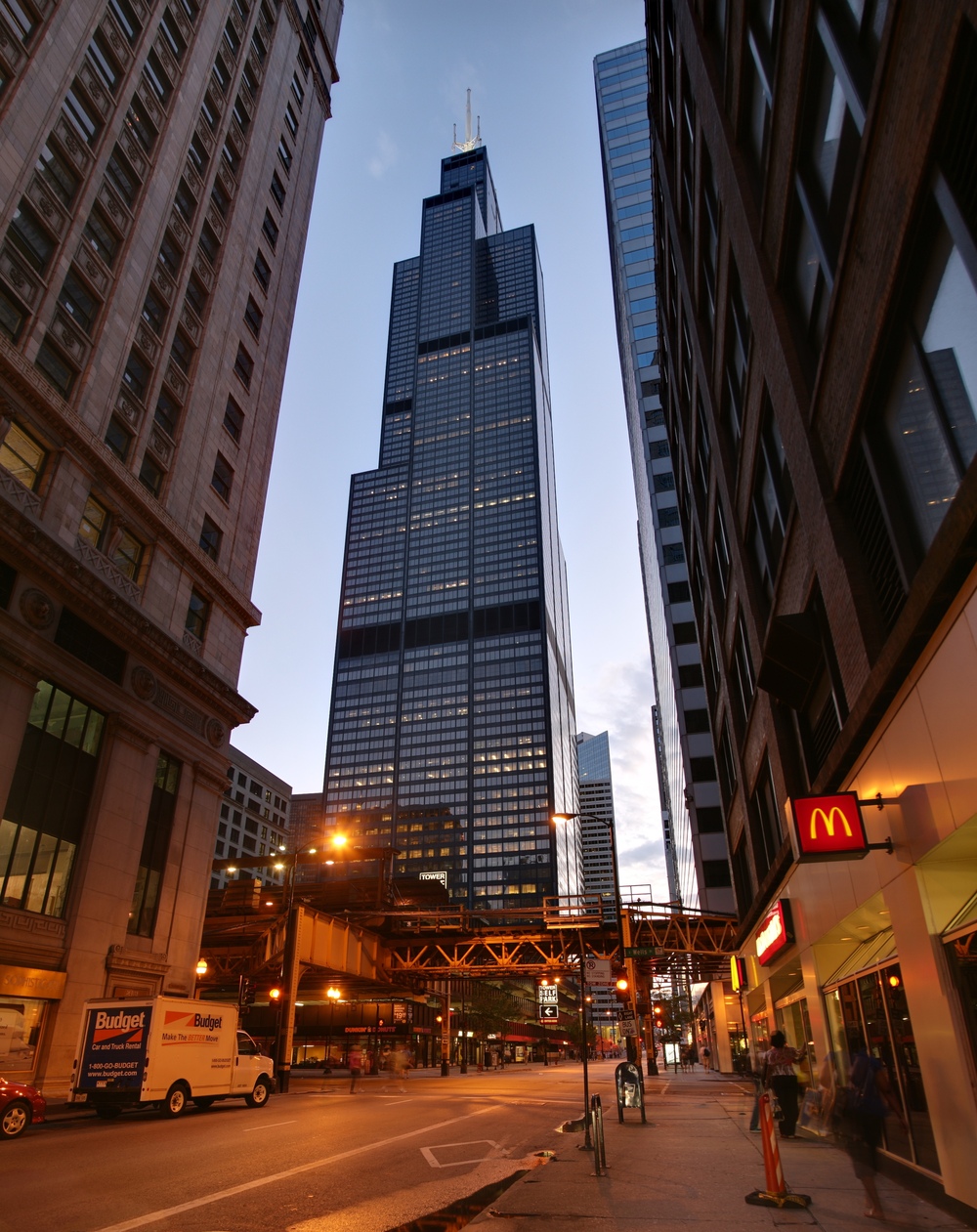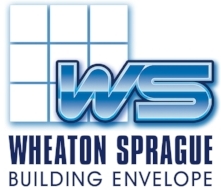The Willis Tower, formerly known as the Sears Tower, is a 110 story, 4,560,000 square foot building in the heart of Chicago, Illinois. The Tower is considered the largest building in the U.S. and one of the largest buildings in the world.
Wheaton Sprague was contracted to provide a forensic exploration and observations to determine the causation for catastrophic detachment of a localized curtain wall segment from the building that resulted from a wind event occurring in June of 2010. Using building science tools and methods, Wheaton Sprague discovered the fatal flaw mechanisms that led to the catastrophic failure, and determined that the flaw was developed over an extended in-situ time period due to the corrosion stress cracking of weld affected aluminum materials.
Wheaton Sprague planned and provided a forensic engineering analysis to determine if the flaws were spread throughout the 110 stories of exterior curtain walls, and later confirmed the flaws to be systemic. Wheaton Sprague worked with Alcoa Corporation to assess the existing aluminum mullion extrusion alloys which were classed as experimental at the time of building construction. Wheaton Sprague prepared technical reports with findings, and repair recommendations with probable costs. Wheaton Sprague was required to provide critical reporting per the Chicago facade ordinance for the project.


